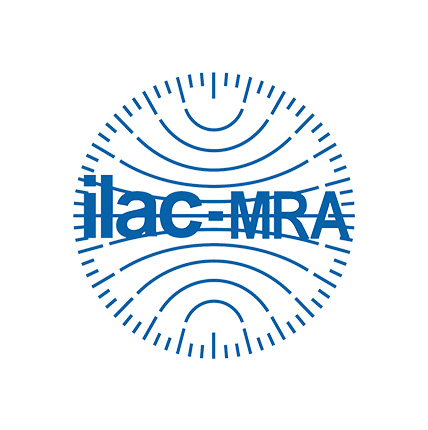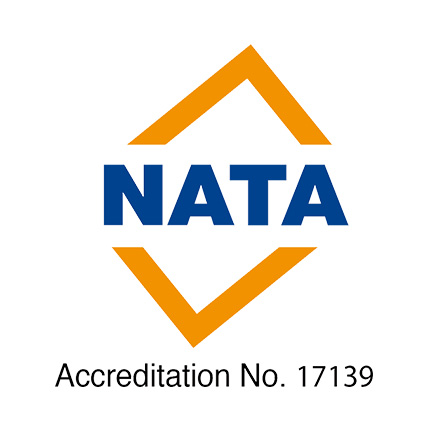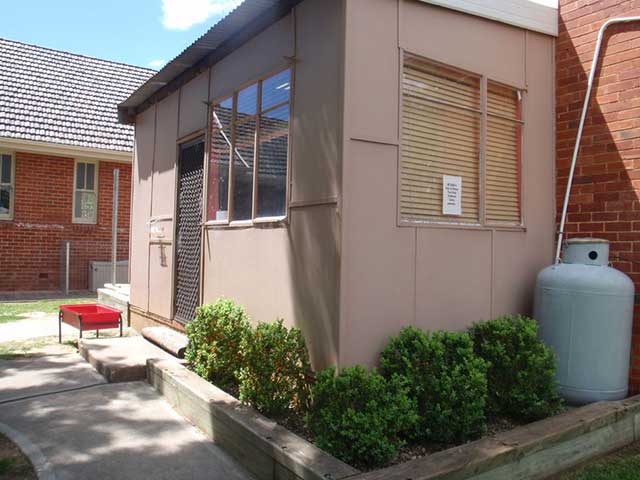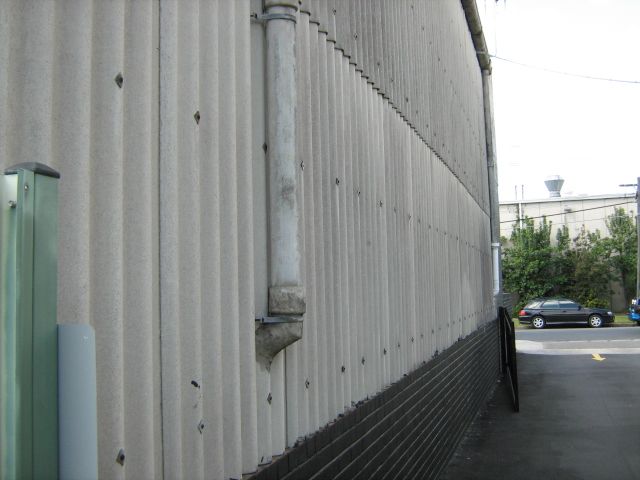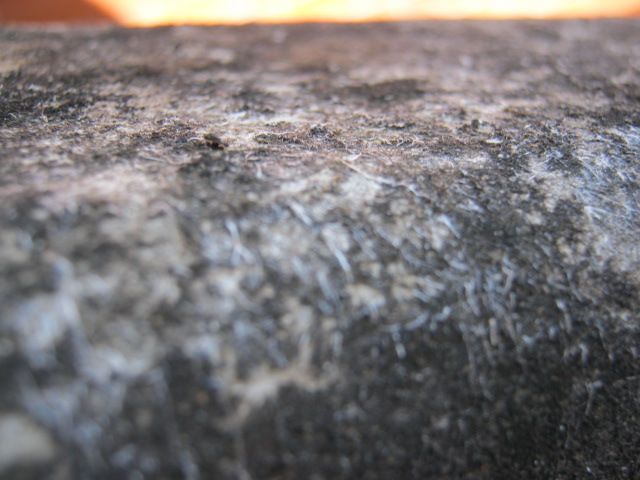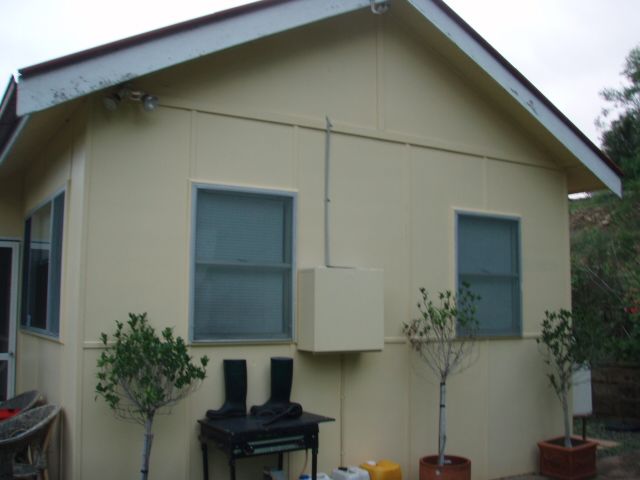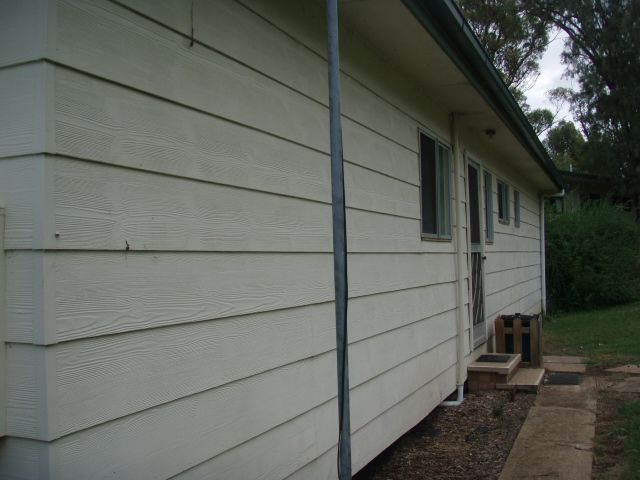Many Walls in Houses & Homes Contain Asbestos
Australia constructed many Asbestos Walls between the post war construction boom after the 1940’s through to the 1980s, after which asbestos building materials were phased out. Asbestos walls were used because of their fireproofing, heat resistance and moisture resistance properties. In Australian houses and homes, asbestos walls are most commonly found in:
- Bathrooms
- Laundries
- Kitchens
- External cladding;
- Garages
The above mentioned areas generally are at risk of fire through the mix of electrical appliances and water and from stored flammable liquids, ignition sources with garages. External asbestos walls assist in reducing the spread of fire if an adjoining property was on fire or the like. Asbestos walls assist in reducing the spread of fire throughout houses and homes.
Different types of asbestos was used for walls within Australia
Asbestos Check undertake asbestos inspections and asbestos testing services on materials throughout Australia. Asbestos walls can comprise all three types of asbestos which include chrysotile (white asbestos), amosite (brown asbestos) and crocidolite (blue asbestos). Chrysotile tends to be the most commonly identified asbestos walls within the Safe Environments NATA accredited laboratory.
However we see some variation throughout Australia during asbestos identification within walls. Within the east coast of Australia such as Sydney, Melbourne Brisbane, Canberra & Hobart, the main forms tend to be Chrysotile. In Western Australia & Perth there tends to be more crocidolite asbestos are reduced amosite within the matrix. Regardless of the type of asbestos, any asbestos wall must be treated with respect. Common forms of material that make up walls include:
- Asbestos Cement Sheet
- Asbestos Insulating Board (AIB)
- Asbestos corrugated wall lining
- Partition fence in garden
- Cement or AIB spandrel panels to internal or external asbestos walls
- External wall cladding to fibro homes
Most asbestos walls comprise fibre cement sheet or asbestos cement sheet, or other type of fibre cement product. Older styles of asbestos cement sheet will have a dimpled golf ball look & feel which is characteristic of the material containing asbestos. Faux timber panels were quite common and also corrugated cement moulded asbestos wall products were used. Even an experienced asbestos assessor will not the type and extent of asbestos through a visual inspection, therefore a sample is required for testing at a NATA accredited laboratory.
Does my house have an asbestos wall?
You can’t tell just by looking at the wall. We hear of many builders and consultants providing advice on the subject; however the only definitive way to tell if it’s an asbestos wall is by an asbestos consultant or occupational hygienist to take a sample and analyse it under a microscope.
Asbestos testing uses a combination of stereo and polarised light microscopes to determine that the fibres are crystalline and have a refractive index within the expected range for asbestos fibres. If you suspect that you may have an asbestos wall we strongly recommend that you follow strict sampling protocol or arrange for an asbestos inspector from a NATA accredited laboratory to collect a sample due to the potential health issues.
Please contact Asbestos Check to pick up a sample of your potential asbestos wall for analyses or if you choose to take your own sample, being aware of the risks, read here for more information……
Health risks of asbestos walls
Most asbestos walls, if in a painted and sealed condition do not pose a significant health risk. Even when there may be small amounts of damage on bonded materials, there will negligible risk unless the material is broken on an ongoing basis with dust and debris being allowed to be liberated into a person’s breathing zone.
Most asbestos walls are generally considered Non-Friable (Bonded), which means that the material cannot be crushed by hand to form a powder. Bonded asbestos walls made of cement sheet and corrugated asbestos are generally quite stable when they are in good condition and are only cause for concern during renovations or major refurbishment.
During a renovation the main concern is that the asbestos wall is broken down in many pieces by hand or that it is broken down using power tools, liberating the asbestos fibres into the air. During normal occupancy a risk assessment can be undertaken based on the type of material and condition along with the use and occupancy where the asbestos wall is located.
Asbestos Check can undertake a validated risk assessment of your asbestos wall based on the UK Health and Safety Executive and accredited by the National Association of Testing Authorities (NATA).
Be absolutely assured. Safe Environments is NATA accredited for asbestos Inspections and preparing asbestos management plans.
